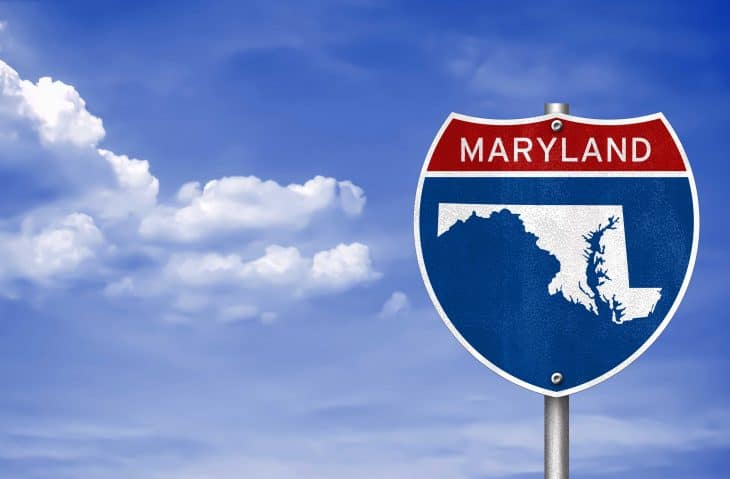
Maryland started as one of the oldest settlements in the New World. It later went on to stand among the founding states of the USA. Today, it makes up one of the most important US states, so iconic it even has the nickname of America in Miniature. This and more with these 50 Maryland facts!
- Maryland covers an estimated area of around 33,000 km².
- Water makes up an estimated 7000 km² of Maryland or around 21% of its total area.
- An estimated 6.19 million people live in the state today.
- This gives the state a population density of around 238 people for every km².
- At its lowest point on the Atlantic Ocean, Maryland has an average elevation of sea level.
- Native Americans lived in Maryland long before the Europeans arrived.
- European explorers first arrived in Maryland during the 16th century.
- The first proper colony in Maryland dates to 1632.
- Maryland stood among the 13 Colonies which declared independence from England in 1776.
- Maryland later donated the land that Washington D.C. now stands on.
- The state stayed loyal to the Union in the American Civil War despite supporting slavery.
- Maryland also became one of the first American states to go through the Industrial Revolution.
- The state later opposed Prohibition during the 1920s.
- Maryland’s population boomed from the 1940s until the 1960s.
- A population decline in the state in the 1960s led to large-scale urban renewal programs.
- Maryland keeps its capital at Annapolis.
- Baltimore remains the state’s biggest city, however.
- The state belongs to the USA’s Eastern Time Zone, or GMT-5.
- The state motto comes in Latin, “fatti maschii, parole femine”, or “strong deeds, gentle words”.
- Maryland has the second-highest income rating out of any of the US states.
Was this page helpful?
Our commitment to delivering trustworthy and engaging content is at the heart of what we do. Each fact on our site is contributed by real users like you, bringing a wealth of diverse insights and information. To ensure the highest standards of accuracy and reliability, our dedicated editors meticulously review each submission. This process guarantees that the facts we share are not only fascinating but also credible. Trust in our commitment to quality and authenticity as you explore and learn with us.
